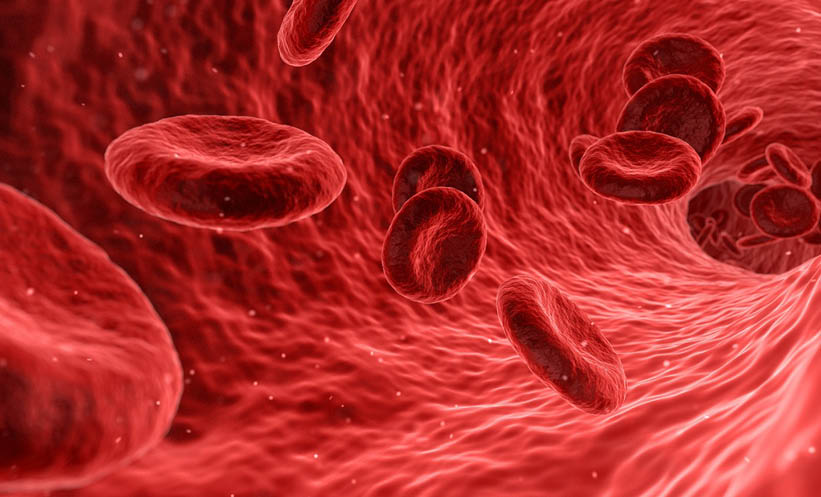MAGNETIC resonance angiography (MRA) scans can be completed in around 5 minutes using a new method developed by a team from UCLA, California, USA. The study showed that by using ferumoxytol as the contrast agent in MRAs, blood vessels can be scanned far faster than in the current procedure, findings that may ultimately establish a blood vessel scan that claustrophobic patients are able to tolerate.
Successful Scans
In seven claustrophobic patients with kidney failure, aged 11–63 years, who were reluctant to undergo conventional MRA, the team conducted MRA scans using ferumoxytol-based dyes rather than gadolinium, which is the usual method. The scans, which were successfully completed and produced high-quality images of the arterial and venous anatomy from the neck to the thighs, took just 6.27 minutes to finish on average, compared to a timeframe of 30–60 minutes in conventional MRA. This is because ferumoxytol-based dyes remain in the system for a much longer period than when gadolinium is used. No adverse events were seen.
Efficacy of the Test
The researchers showed that venous and arterial disease can be diagnosed with this test, and that it can also be used to aid preprocedural planning, such as in transcatheter aortic valve replacement. Additionally, it may be possible to scan several patients per hour with this method compared to just one or two with the current procedure, potentially improving workflow and efficiency.
Dr Puja Shahrouki, UCLA, said: “This method could enable claustrophobic patients to receive lifesaving diagnoses and procedures. For appropriate types of studies, it could also shorten waiting lists and improve the cost-benefit ratio for hospitals.”
Regulatory Approval
While ferumoxytol is increasingly recognised as an alternative contrast agent in patients with poor kidney function, it is not currently marketed outside the USA, where the FDA has approved its use only for treating iron deficiency anaemia in adults with chronic kidney disease. More studies are required to prove the safety of using this agent before it receives approval for further use from the FDA and other regulatory authorities.
James Coker, Reporter
For the source and further information about the study, click here.








